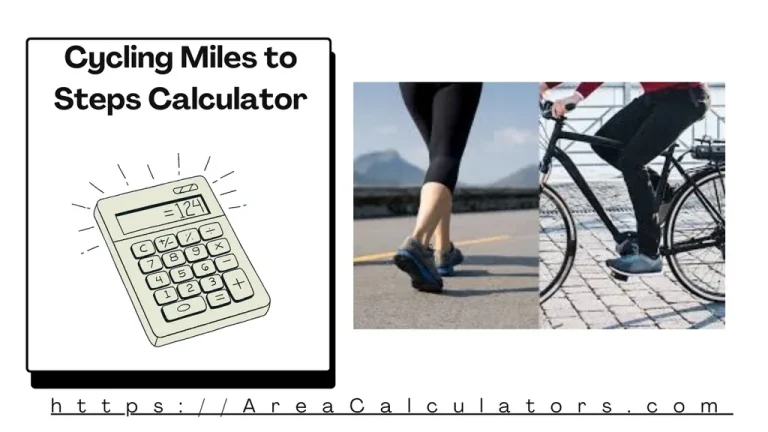Number Needed to Treat Calculator (NNT)
To find the number needed to treat, take 1 and divide it by the absolute risk reduction.
To find the number needed to treat, take 1 and divide it by the absolute risk reduction.
NNT = 1 ÷ ARR
| Variable | Meaning |
|---|---|
| NNT | Number Needed to Treat |
| ARR | Absolute Risk Reduction |
Let’s say there’s a new drug on the market. It claims to reduce the risk of heart attacks. Sounds great — but how many people actually need to take it for one person to benefit? That’s what the Number Needed to Treat Calculator tells you.
The number might be 2, 5, or 100 — and each one means something. If the NNT is 4, that means treating four people will help one. It’s a simple number, but it says a lot. This tool makes it easy to find that number using the number needed to treat formula, which is just 1 divided by the absolute risk reduction.
If you’ve ever seen a number needed to treat example and thought, “How do I actually calculate this?” — you’re in the right place. This is the go-to calculator for students prepping for USMLE, researchers analyzing NNT for common drugs, or anyone wanting to know what is a good number needed to treat. It’s not just a formula — it’s a shortcut to clear, clinical insight.
To find attributable risk, subtract the incidence rate in the unexposed group from the incidence rate in the exposed group. Formula: AR = Ie – Iu Table of Variables Variable Meaning AR Attributable Risk Ie Incidence in Exposed Group Iu Incidence in Unexposed Group What is an Attributable Risk Calculator | Find The Risk Factor…

Subtract the final size (FSFS) from the original size (OSOS), divide by the original size, and multiply by 100. The Shrink Percentage Calculator is a useful tool for determining the percentage reduction in size or volume after a process such as fabric shrinkage, weight loss, or material contraction. It is widely used in industries like…
To find your 3 rep max, multiply your one rep max (1RM) by 0.93. Formula: 3RM = 1RM × 0.93 Table of Variables Variable Meaning 3RM Three Rep Max 1RM One Rep Max What is a 3 Rep Max Calculator? Let’s say you’re in the gym, standing over the barbell, psyching yourself up for a…
To calculate your hourly water intake, multiply your body weight by 0.65, then add your exercise time times 0.40 times the duration of your workout. Formula: Total Water Intake = 0.65 × BW + E × 0.40 × DF Table of Variables Variable Meaning BW Body Weight (in kg) E Exercise time (in minutes) DF…

Multiply the cycling miles by 5,280, then divide by your average stride length to estimate the equivalent steps. The Cycling Miles to Steps Calculator is a handy tool for converting miles cycled into step equivalents. This conversion is particularly useful for fitness tracking, where steps are often used as a standard unit of physical activity….